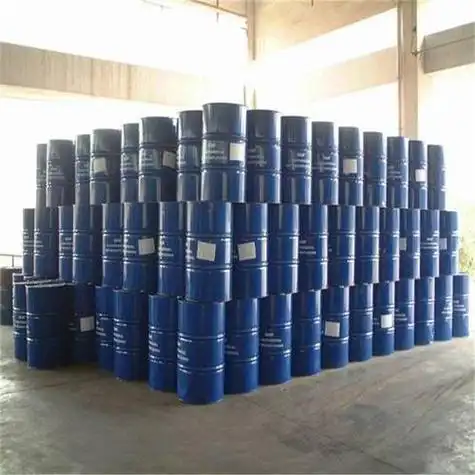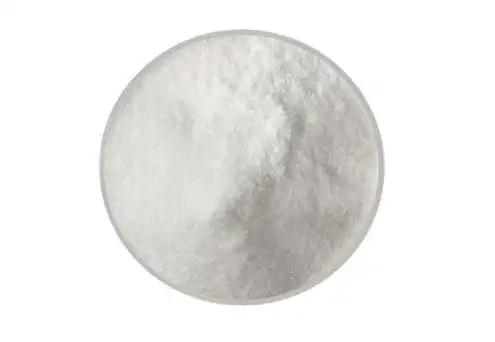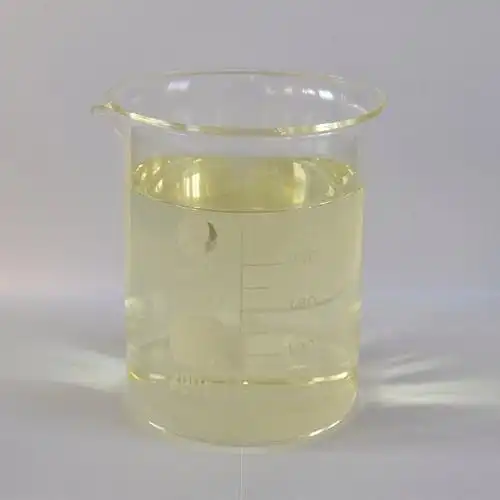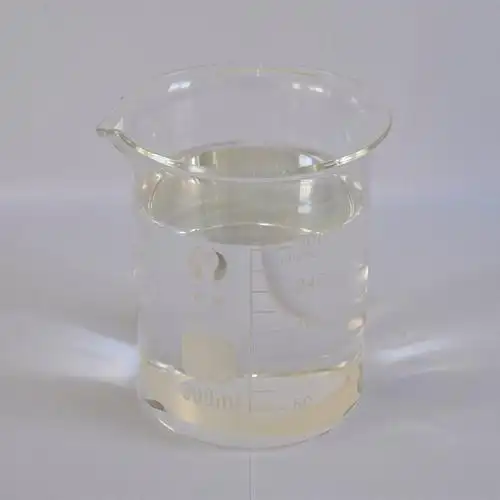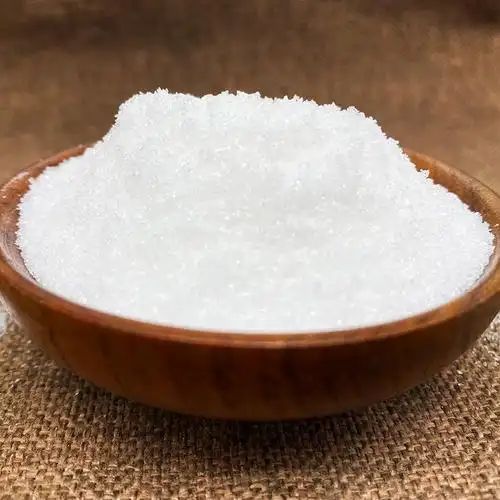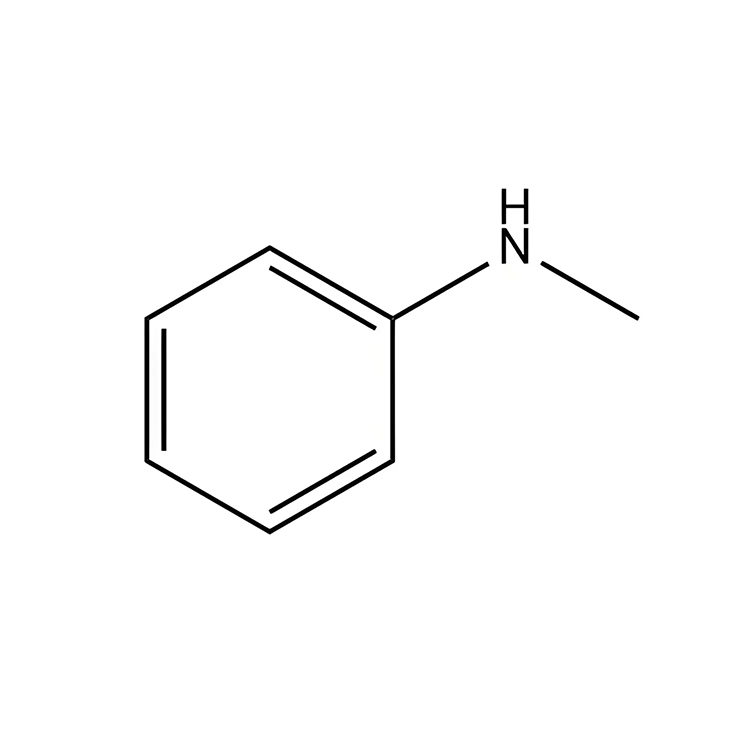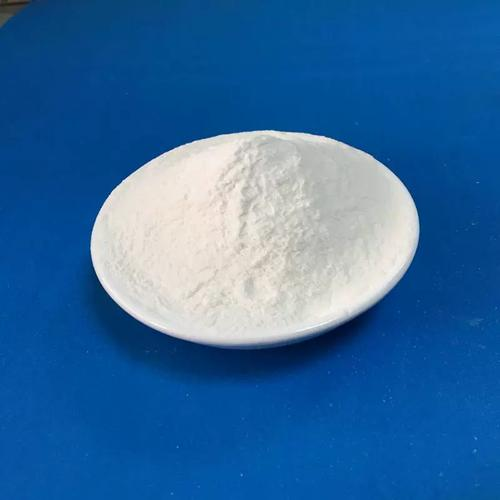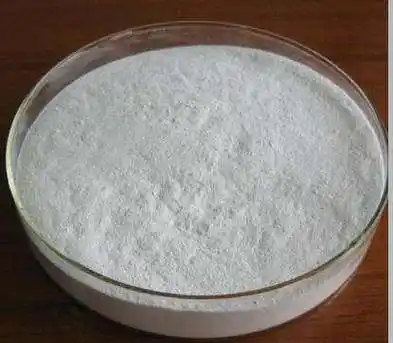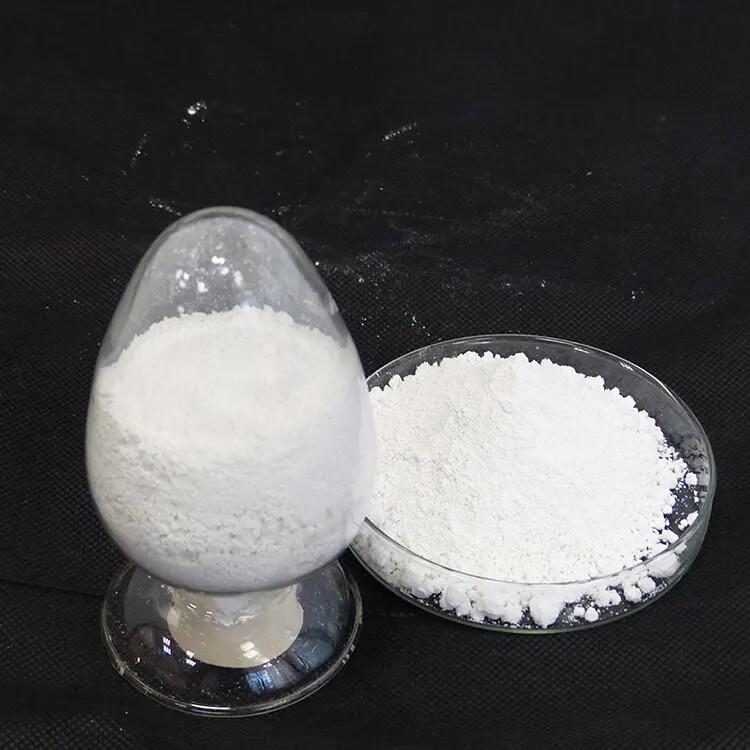
PRODUCTS
PRODUCTS
Product Details
Thioacetic acid (also known as thioacetic acid and ethylthiocarboxylic acid) is a sulfur-containing organic carboxylic acid with a chemical formula of C2H4OS and a relative molecular weight of 76.12. It is a colorless to pale yellow liquid at room temperature with a pungent odor and is readily soluble in solvents such as water, ethanol, ether, and acetone. It has a melting point of 17°C, a boiling point of 88°C, a density of 1.06 g/cm3, a flash point below 2°C, and a refractive index of 1.46. Thioacetic acid contains the -SH group in its molecule and is a carboxylic acid, making it a highly reactive compound. It can be hydrolyzed to acetic acid and hydrogen sulfide in the presence of water or alkali. Thioacetic acid can undergo conjugate addition reactions with α,β-unsaturated aldehydes, ketones, quinones, carboxylic acids, and their derivatives (esters, amides, etc.) to produce the corresponding acetic acid thiol esters. Thioacetic acid can also act as a nucleophilic ring-opening reagent with three-membered heterocyclic compounds to yield ortho-difunctional compounds. Thioacetic acid can be produced by reacting hydrogen sulfide with acetic anhydride under pyridine catalysis followed by distillation, or by reacting acetic acid with phosphorus pentasulfide. The reaction of hydrogen sulfide with acetyl chloride or ketene is also a viable route to produce thioacetic acid. Thioacetic acid can be used as an acetylation and thiolation agent for organic compounds and as a raw material for the synthesis of lipoic acid, mercaptoalanine, and mercaptocarboxylic acids. In dilute ammonia solutions, thioacetic acid can replace hydrogen sulfide as a metal precipitant. Furthermore, it is used as a raw material for the synthesis of tear gas agents, hormone modifiers, antidotes, cephalosporin modifiers and fungicides, and as a raw material for polymer modification and additives.
Online Consultation
Related Suggestion
Get in Touch
*We respect your confidentiality and all information are protected.
